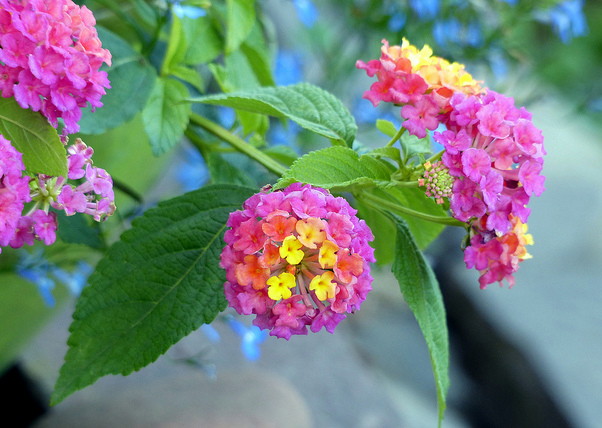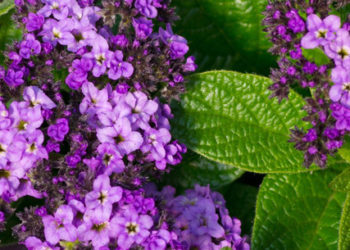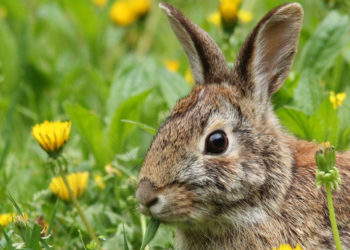Wondering how to grow lantana plants? You’re in the right place. With over one hundred varieties to choose from, these hardy flowering shrubs are popular with gardeners across the US, and for good reason. Read on for some easy tips to get the most out of your lantana plants!
Lantana are vigorous growers that bloom from summer right to fall. They flower in 2-inch clusters that come in shades of pink, lavender, purple, yellow, orange, or bronze, depending on the variety. Some varieties can have up to 3 different shades in one flower cluster.
How to Grow Lantana: Annual or Perennial?
Depending on your zone, you can grow lantana as perennial plants. They’ll survive the winter in zones 9 -11, in all other zones treat them as an annual. One of the best features of lantana is that they grow in a wide range of well-draining soils. They do prefer moderately moist soil. And if you want to get the most from your lantana, give it full morning sun.
How Big Will My Lantana Get?
The size of your lantana depends on the variety you choose. Some compact varieties only grow 12 – 18 inches tall, while others can get upwards of 6 feet high and 5 feet wide. Trailing varieties can be trained to climb a trellis or arbor. The warmer your climate, the larger you can expect your lantana to grow. But where ever you grow it, bear in mind that the entire plant, including the berries, is toxic to humans, pets and livestock.
Lantana are Low Maintenance
Lantana is one plant that gives a lot and doesn’t expect much in return. You can deadhead as needed, as this will encourage more blooms. If you’ve chosen one of the larger shrub varieties, you’ll want to prune it to control the size and shape. Beyond that, if you’re growing it as an annual, simply remember to fertilize with a 20-20-20 water-soluble feed once a month. But be sure to follow the directions on the container. If you’re growing your lantana as a perennial, no fertilizer is needed after the first year. Too much fertilizer means fewer blooms, in this situation.
Now there’s nothing left to do but sit back and enjoy your lantana color factory! The best part? The hummingbirds and butterflies will like it as much as you do.
Happy growing!





5 Comments
Catherine Annette Chapin
April 3, 2021 at 6:30 pmI have twice grown lantanas into a 3-4 topiary in a large pot – but we live in zone 5 and that meant I had to bring it inside every Fall. Then, our neighbor gave us a 3-tier metal topiary frame he found doing landscaping. We filled it with lantana. It was a magnet for humming birds and butterflies. In the Fall, we simply discarded the lantana. Last, the same neighbor found a second 3-tier metal topiary frame like the first one so we filled it with lantana and watched the butterflies and hummingbirds go back and forth. In a catalogue, those frames sell for $100.00 plus. We are more than grateful to our neighbor. I miss having a lantana tree (I’ve seen these in garden catalogues for $60.00) but I don’t miss having to bring it indoors. We don’t have a sun room or greenhouse and it sorta took over the dining room. I highly recommend getting some lantana! Mrs. C. Annette Chapin
Concepcion Ulloa
April 4, 2021 at 5:07 amHow to order some seeds
GrowJoy
April 4, 2021 at 7:06 pmConcepcion, we don’t sell lantana seeds at this time, only the plants.
Tim M
June 8, 2022 at 10:34 amI would like to grow some lantana in my backyard. The area receives around 7 hours of sun each day. Is that enough to have blooms? Thank you.
GrowJoy
June 9, 2022 at 2:44 pmTim, that is plenty of sun for lantana. Enjoy your blooms!